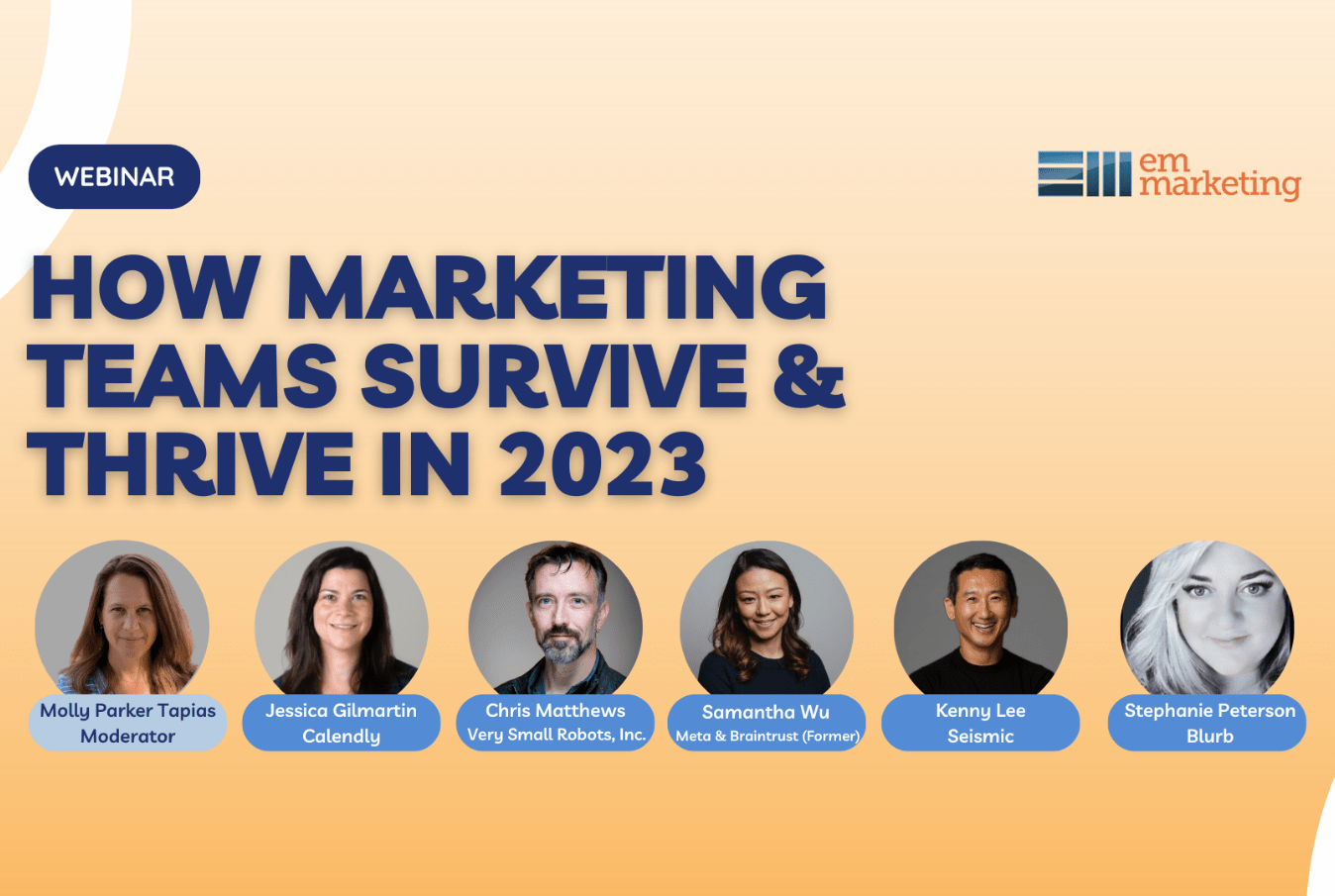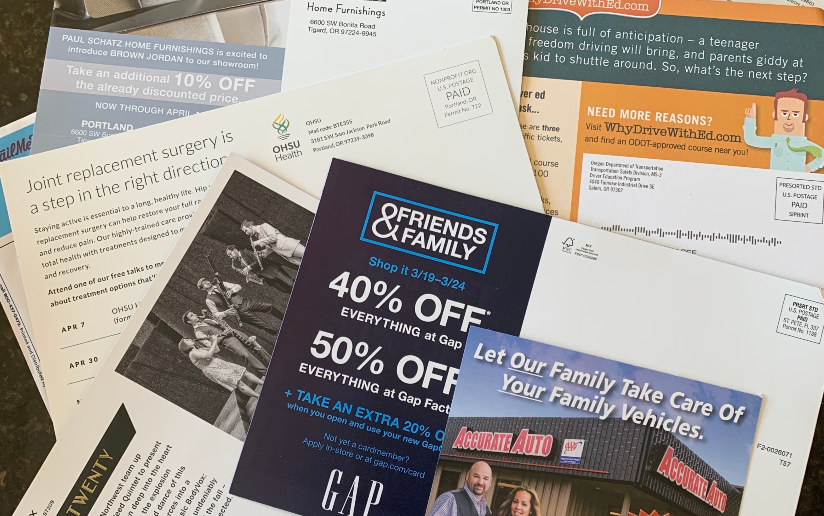
Plan Before You Shop: A CRM System for Your B2B, Part 2
 In a previous post, we looked at why your B2B company may be ready to start using or upgrade a CRM system. Now, let’s look at the alignment of sales and marketing principles necessary for the system to work successfully, and some of the potential sales and marketing capabilities systems can offer. Here are some ideas to help you get grounded on your needs and wants for a CRM system:
In a previous post, we looked at why your B2B company may be ready to start using or upgrade a CRM system. Now, let’s look at the alignment of sales and marketing principles necessary for the system to work successfully, and some of the potential sales and marketing capabilities systems can offer. Here are some ideas to help you get grounded on your needs and wants for a CRM system:
A Sales and Marketing Checklist for CRM Systems
Sales:
- Would your sales team realistically load and regularly update their leads and client/customer contacts?
- What are the stages of your sales funnel? Standard ones include:
- Prospecting
-
-
- Needs assessment
- Presentation
- Proposal
- Objections response
- Gaining commitment
- Follow-up
-
- Would you benefit from lead segmentation? Based on what factors?
- Could you benefit from a lead score based on your segment factors and level of prior engagement?
- How can your time and follow-up plans be better managed?
- Schedules
- Task Lists
- Reminders
- What reports and dashboards would help improve lead generation, lead quality and sales close rate? Who needs to see them?
Marketing:
- What factors drive how you message to leads differently (such as industry, business type, size of business, location, job title). In what way do you acquire that information?
- What KPIs are important and do you have the methods in place to track?
- Lead Generation
- Will you track lead volume by source (being channel, creative, offer)?
- Would you desire the ability to link to third party sources to find leads or enrich lead records?
- Lead quality – what factors define it?
- Would you do anything differently if you knew a lead’s prior website behavior or the actions they took on your site during the sales process?
- Would dynamic landing pages (automatically serves up the most relevant page to that lead when they hit to your site) improve engagement?
- Conversion
- Will you track leads through the sales funnel and ultimately analyze ROI by program?
- What’s your sales attribution philosophy? (Which marketing program gets “credit” for the sale) – last touch or averaged among all touches?
- Would you want to automate follow-up communications, such as email?
- Do you send mass emails?
- How many?
- How often?
- What KPIs are important?
- What reports and dashboards are needed to optimize your marketing campaigns?
- What are your goals for the frequency of social postings by channel and how important is social monitoring?
- Retention/Loyalty:
- Is renewal or churn rate relevant?
- Will you want to track repeat purchase rate?
- Will you want to identify your most valuable customers?
- What do you know about them?
- Do you run retention programs, and if so, how will you track if they are working?
Other Areas:
Decide if you think you want to integrate with other cross-functional systems, and what’s important to them:
- Project Management
- Accounting
- Inventory Management
- Customer Service
Additional Considerations
Once your capability wish list is developed, then you can begin to evaluate the various vendor solutions. A few additional thoughts to keep in mind as you shop:
- Plan for Resources. It’s essential to not only know how they can or can’t fulfill your wish list, but to also consider the resources required to implement, administrate and execute.
- Start Small. Don’t make the mistake of purchasing a system that’s too robust for the company’s size and scale of marketing efforts planned in the next 12 months. Better to start small and know the strategy you plan for down the road. Otherwise, you will be paying a hefty monthly fee without realizing the benefit.
- Base It On Current Needs Only. In terms of marketing needs, if email blasts are important now, but not full marketing automation, just go with an email system add-on to your CRM System (free or about $50/month).
Once you’re underway, realize implementation can take a few months and can be painful at times. Assign a project manager to make a clear, staged plan with phases. Once your system is mostly customized, your data is in and users get a chance to acclimate after the first few months, you can begin to more fully use the capabilities your system offers through customization and development.



































